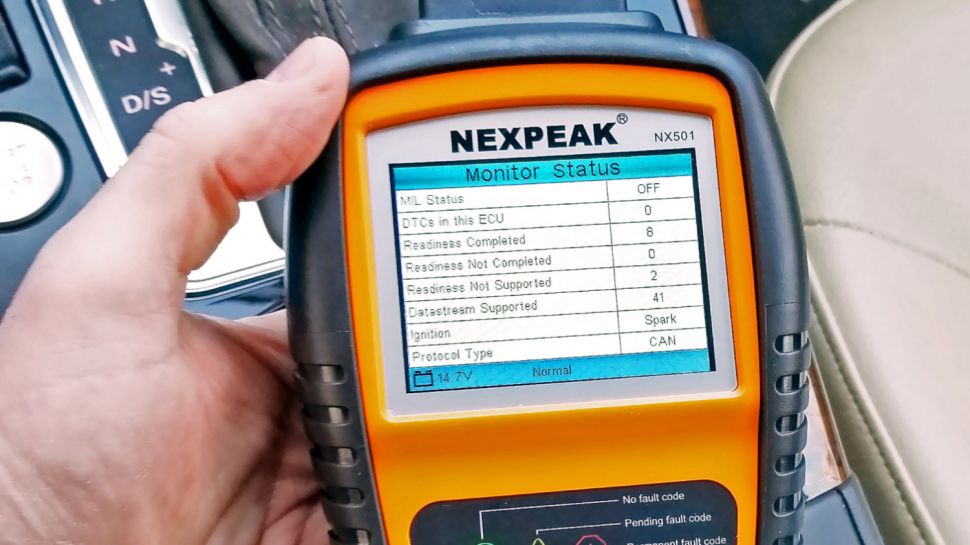Drivers DTC Port Devices
- Drivers Dtc Port Devices Terminal
- Drivers Dtc Port Devices Scanner
- Drivers Dtc Port Devices Lucie
- Drivers Dtc Port Devices Gigabit
DriverHive is a driver updater service that will scan your computer's installed devices, identify the best fitting drivers and provide them in an easy, convenient format. Individual drivers may be available on manufacturer websites at no charge. Device tree is one way to describe embedded hardware.It can be passed to linux kernel for the binding of port address, irq number and other parameters. A default device tree data can be built into kernel image, or it can be passed to kernel at boot time via boot loader, such as u-boot. To manually install the driver, go to the device manager and click on the USB serial device needing the driver. Click on the driver tab. Click on Update Driver. Select the Browse my computer for driver software option, and browse to the driver folder you unzipped. Make sure the Include Subfolders box is checked, and the driver should install. Windows device driver information for DTC PCI Parallel Port. These are drivers for a DTC PCI Parallel Port adapter. They can be downloaded from the manufactures website if not issued with purchase of the device. With proper installation, the user is assured of complete output satisfaction and task accomplishment. The Microsoft USB Test Tool (MUTT) is collection of devices for testing interoperability of your USB hardware with the Microsoft USB driver stack. This section provides a brief overview of the different types of MUTT devices, the tests you can run by using the device, and suggests topologies for controller, hub, device, and BIOS/UEFI testing.
Symptoms
Device Manager displays only non-Plug and Play devices, drivers, and printers when you click Show hidden devices on the View menu. Devices that you install that are not connected to the computer (such as a Universal Serial Bus [USB] device or 'ghosted' devices) are not displayed in Device Manager, even when you click Show hidden devices.

Drivers Dtc Port Devices Terminal
Workaround

To work around this behavior and display disconnected devices when you click Show hidden devices:
For Windows 8 and later, skip to step 3.
For Windows 7 and earlier, start with step 1:
Click Start, point to All Programs, point to
Accessories, and then click Command Prompt.At a command prompt, type the following command , and then press ENTER:
set devmgr_show_nonpresent_devices=1
For Windows 8 and later: From Start, search for device manager, and select Device Manager from the search results.
For Windows 7 and earlier: Type the following command a command prompt, and then press ENTER:
start devmgmt.mscTroubleshoot the devices and drivers in Device Manager.
Note Click Show hidden devices on the View menu in Device Manager before you can see devices that are not connected to the computer.When you finish troubleshooting, close Device Manager.
Type exit at the command prompt.
Note For Windows 7 and earlier, when you close the command prompt window, Window clears the devmgr_show_nonpresent_devices=1 variable that you set in step 2 and prevents ghosted devices from being displayed when you click Show hidden devices.
Drivers Dtc Port Devices Scanner
If you are a developer or power user and you want to be able to view devices that are not connected to your computer, set this environment variable globally:
Right-click My Computer.
Click Properties.
Click the Advanced tab.
Click the Environment Variables tab.
Set the variables in the System Variables box.
Note Use this method only for troubleshooting or development purposes, or to prevent users from accidentally uninstalling a required device that is not connected to the computer (such as a USB device or docking station that is not connected to a laptop computer).

Drivers Dtc Port Devices Lucie
More Information
Drivers Dtc Port Devices Gigabit
In Device Manager, there are two types of hidden devices in addition to the devices that are displayed:
Typical, hidden devices that are not displayed (non-Plug and Play drivers, printers, and so on)
-and-Phantom devices that are not connected to the computer
